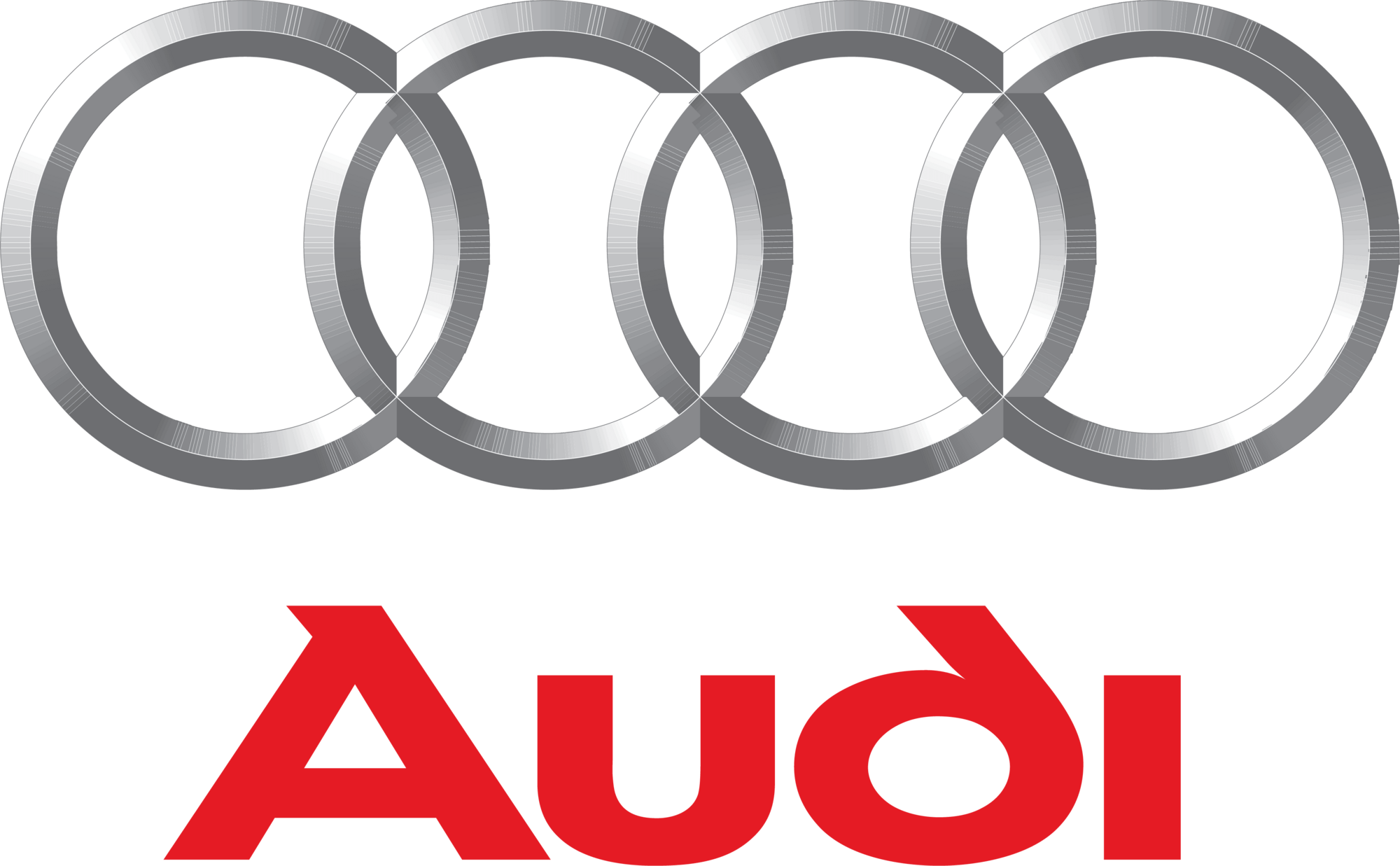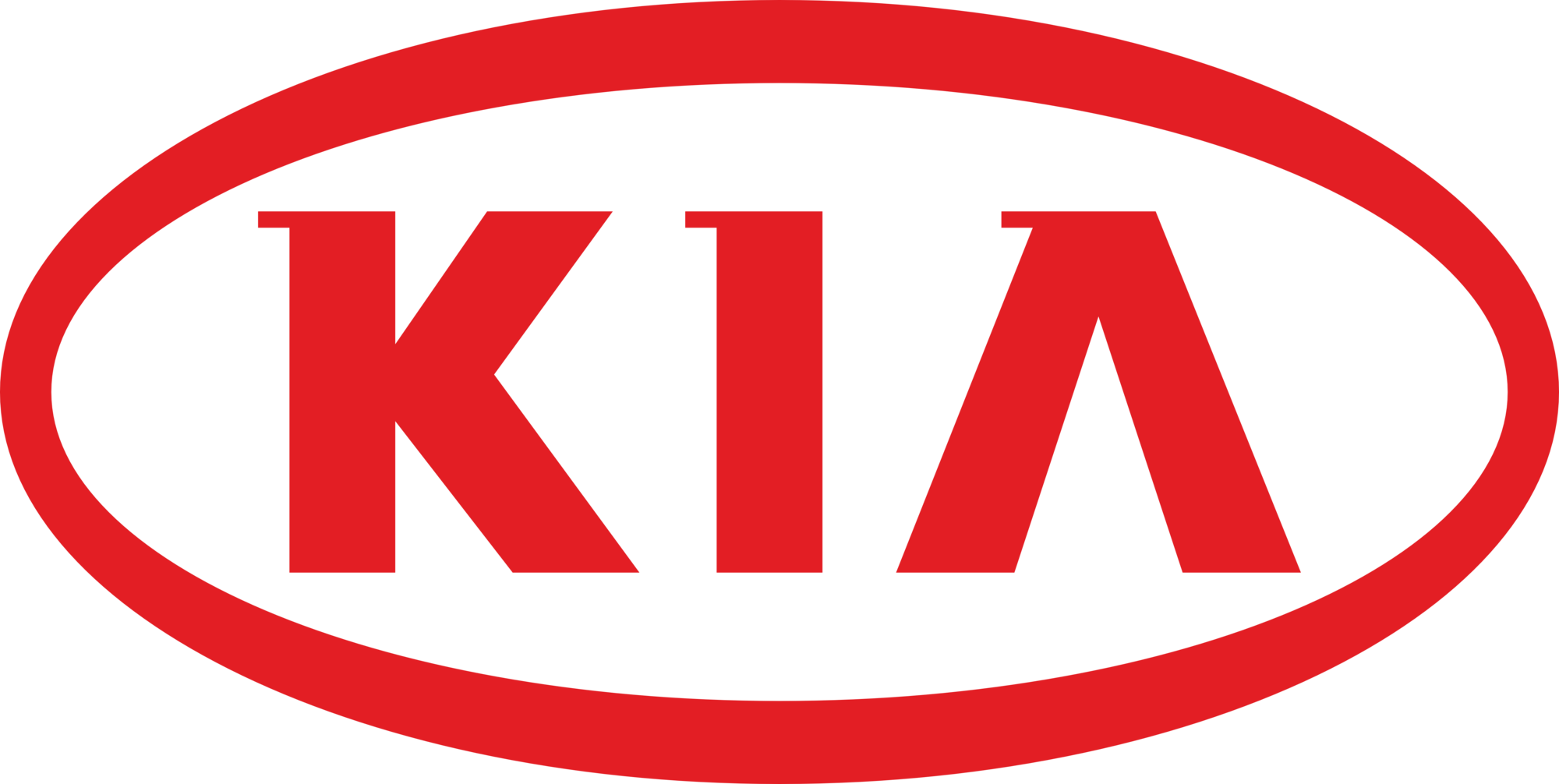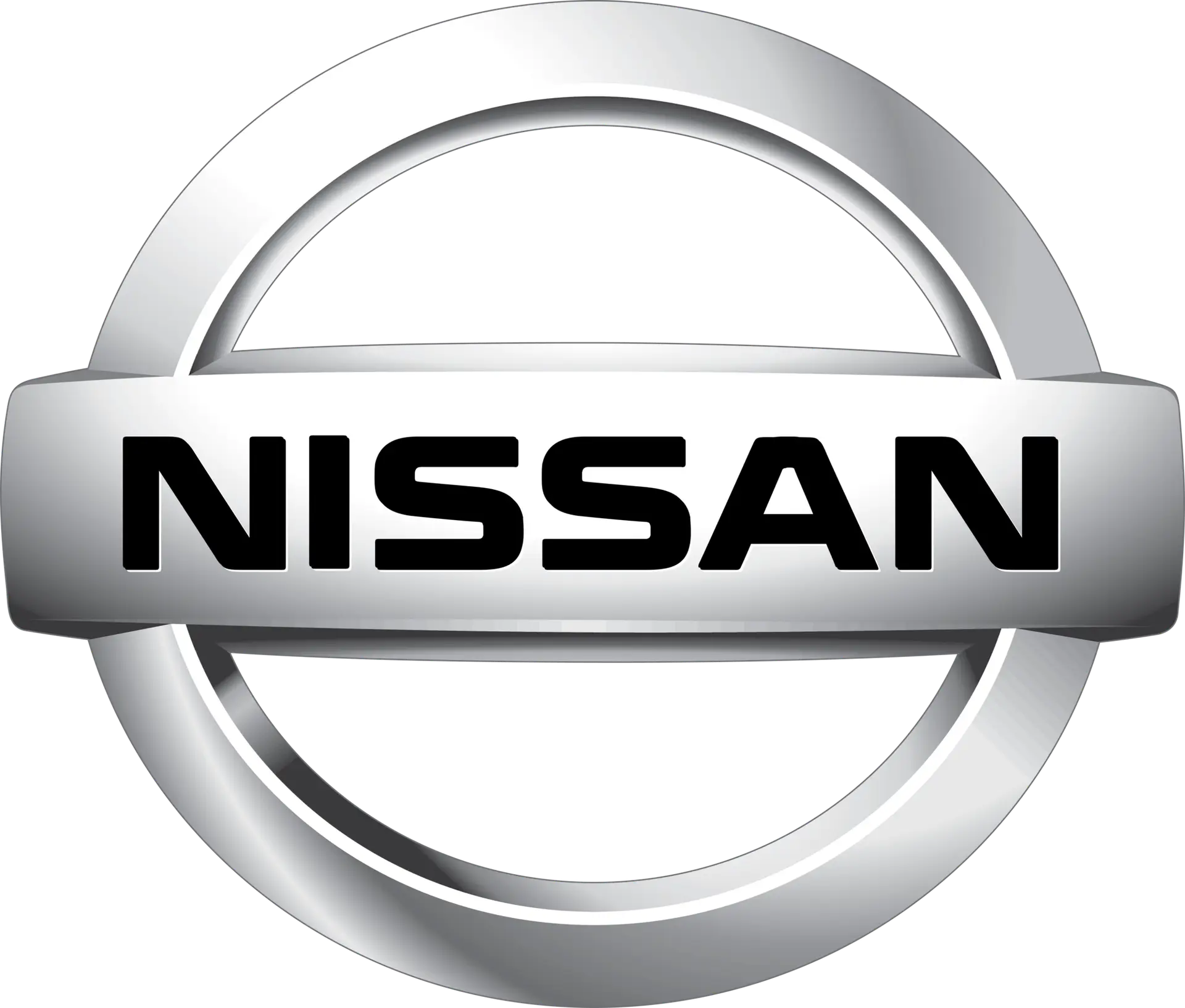Why Headlights Matter More Than You Think
In the UK, around 40% of road collisions happen in the dark. Poor visibility is a major factor,
and headlights are at the centre of this issue. Even if your lights switch on as expected, they
may not be performing at full strength, reducing your ability to see hazards in time.
Keeping your headlights in good condition is therefore not just about legal compliance—it’s
about keeping yourself, your passengers, and other road users safe.
Signs That Your Headlights Need Replacing
- Dimming or Flickering Lights
If you notice your headlights seem weaker than before, or if they flicker while driving, this
could indicate:
- A failing bulb
- Electrical wiring problems
- Wear inside the headlight unit itself
Even slight dimming can make a big difference to how well you see the road ahead.
- Cracked or Cloudy Lenses
Headlight lenses are exposed to constant wear from road debris, UV rays, and weather
conditions. Over time, they can:
- Crack or chip
- Become yellowed or foggy
- Develop a cloudy appearance that scatters light
This doesn’t just affect appearance—it reduces the amount of light reaching the road,
making night driving less safe.
- Moisture or Condensation Inside the Headlight
If you see water droplets or fogging inside the unit, the headlight’s seal may have failed.
Moisture can damage the internal electronics and bulbs, often leading to complete failure. In
most cases, this means the entire unit should be replaced. - Uneven or Misaligned Beams
Headlights that don’t shine evenly, or point too high or too low, can cause serious safety
issues. Misalignment can happen after:
- Minor bumps
- Suspension changes
- Poor previous installations
If one headlight seems brighter, or your beams don’t illuminate the road evenly,
replacement may be necessary.
- MOT Failures and Legal Issues
In the UK, headlights are a common reason for MOT test failures. The rules require that:
- Both headlights work correctly
- Light output is strong enough
- The beams are aligned properly
Driving with defective lights can also result in fines and penalty points. Replacing faulty
headlights promptly is always cheaper than facing legal trouble.
Should You Replace Bulbs or the Whole Headlight Unit?
Not all headlight issues mean you need to replace the full unit. Sometimes, a simple bulb
change fixes the problem. But in these situations, the unit itself may need replacing:
- Persistent condensation inside the lens
- Cracks or heavy damage
- Repeated bulb failures due to internal faults
- Severe clouding that cleaning cannot fix
In such cases, it’s usually more cost-effective to install a replacement unit rather than
continue making temporary fixes.
OEM vs Aftermarket Options
When replacing a headlight, you’ll often face a choice between:
- OEM (Original Equipment Manufacturer) units – identical to factory-fitted parts, offering
perfect fit and quality. - Aftermarket units – cheaper alternatives, but with varying levels of reliability and fit.
For drivers on a budget, used OEM headlights can be the best compromise: affordable,
reliable, and designed specifically for your vehicle.
How to Extend the Life of Your Headlights
While replacement is sometimes unavoidable, a few simple habits can help you get more life
from your headlights:
- Clean lenses regularly to remove dirt and grime.
- Avoid touching bulbs with bare hands when installing, as oils can reduce their lifespan.
- Check alignment after suspension repairs or tyre changes.
- Inspect seals during routine car checks to spot early signs of moisture.
Preventative care often means you’ll notice problems earlier, giving you time to find the
right replacement without rushing.
Final Thoughts
Headlights don’t just fail overnight—most give warning signs well in advance. By looking
out for dimming, cracking, moisture, or misalignment, you can replace them before they
become a safety risk.
Whether you choose new, aftermarket, or used OEM replacements, the important thing is
acting quickly. With the right approach, you’ll not only keep your car road-legal but also
ensure maximum safety for yourself and others on the road.




























